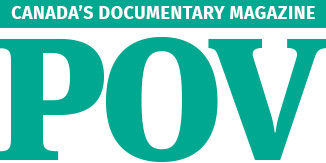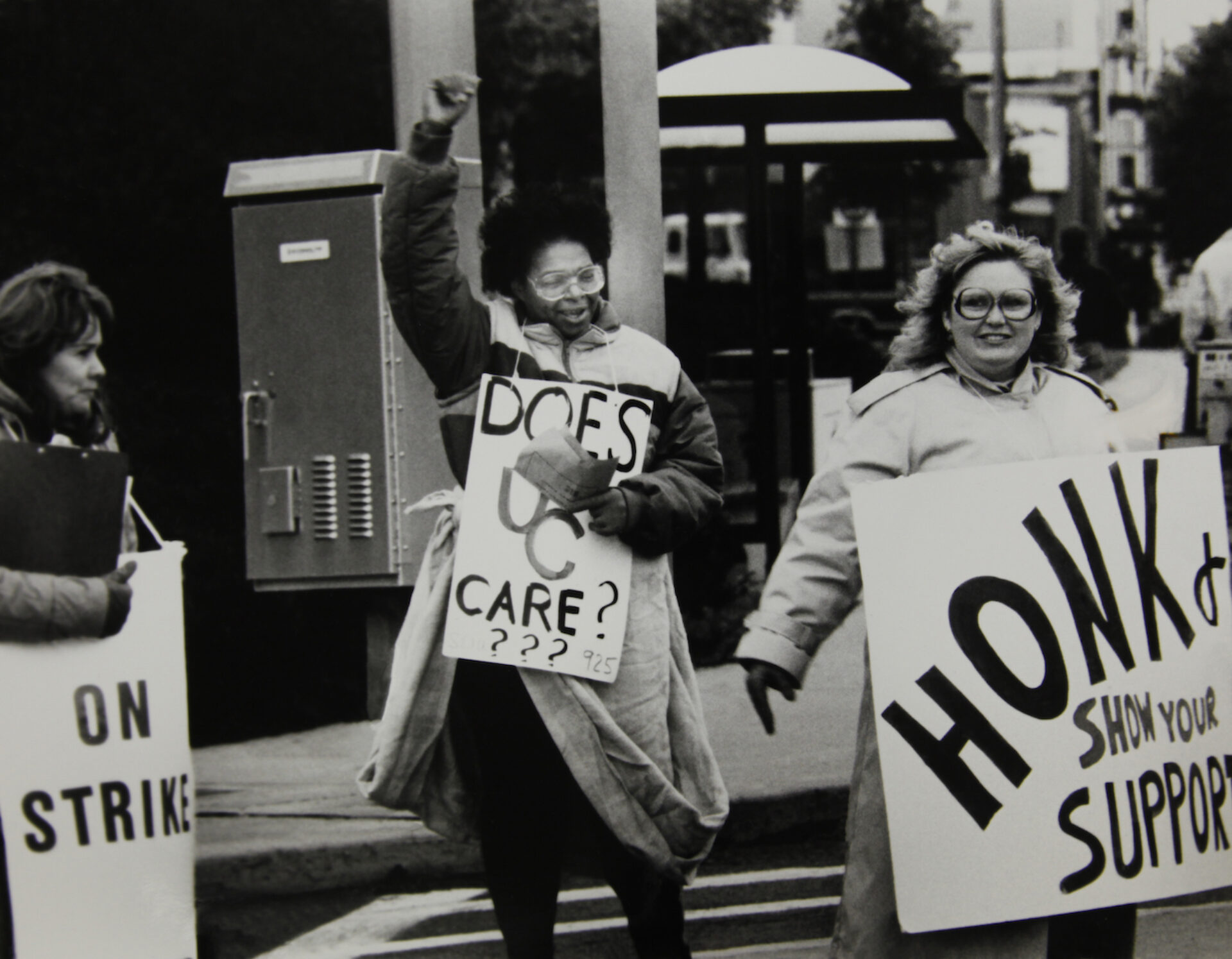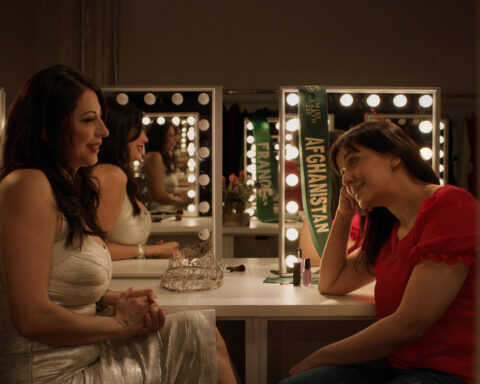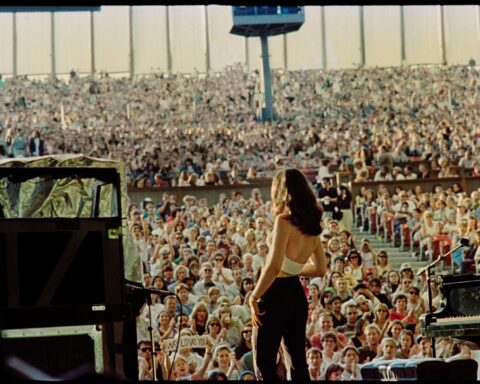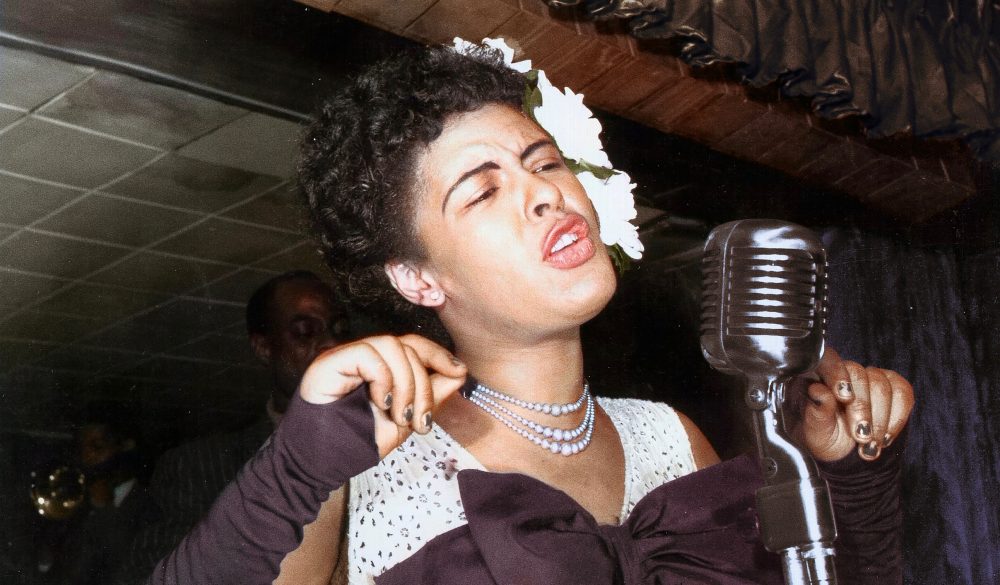9to5: The Story of a Movement
(USA, 85 min.)
Dir. Julia Reichert, Steven Bognar
“You put a woman behind that camera or you don’t come back!” shouts a protestor in the archival footage of 9to5: The Story of a Movement. The woman fighting for workplace equality as part of the 9to5 labour movement would probably smile knowing that a woman is putting her story on film. 9to5 is the follow up from Julia Reichert and Steven Bognar to their Oscar-winning masterpiece American Factory, which scooped Best Documentary Feature earlier this year for its observation of an Ohio glass factory reviving under Chinese investment. However, 9to5 works better as a follow-up to Reichert’s first Oscar nominee, Union Maids, which reflected upon women leaders in the labour movement of the Depression. It’s a fiery feminist essay about equality and labour—a fitting mark for Reichert to leave in a career devoted to giving voice to women and unions alike.
9to5 spotlights the fight for women’s rights in the workplace driven by the grassroots organization that lends the doc its name. Told through interviews with the women behind the 9to5 movement, the doc admittedly lacks the cinematic scope and artistic bravura of American Factory, but it’s nevertheless immediate and compelling. This conversational approach lets women like Karen Nussbaum and Ellen Cassedy, the founders of 9to5, share their accounts of creating a labour movement within the women’s movement, and carrying on a fight that continues for many women today. (The end credits of 9to5 offer some dire statistics about contemporary pay disparities between men and women, particularly women of colour, which make the doc a project about present struggles seen through the past.)
The stories unpack the elements of the 9to5 movement through its growth from advocacy group to labour union. The notably diverse cast of interviewees speaks to the intersectional quality of the movement, which found success by encouraging women to learn about lived experiences outside their own. One woman credits the leadership for pairing white women and Black women, and older women with younger women, on campaigns and picket lines to make the movement more accessible. Similarly, the doc unpacks the success to an organized movement by highlighting 9to5’s emphasis on actionable items and demonstrable rewards.
Reichert and Bognar cut the interviews with a propulsive thrust as the women jointly create the narrative of the 9to5 movement taking hold. It begins with Nussbaum and Cassedy, then secretaries at Harvard, realising that the women in the workplace were the ones that kept it operational, yet saw barely a fraction of the pay, rewards, and respect. The story obviously reaches much earlier than the founders’ spark of insight. Interviews with the women articulate similar ideas drilled into their heads from early ages that girls could only aspire to be secretaries, wives, and mothers.
The doc covers a lot of terrain in a brisk 85 minutes as it surveys the changes in the American workforce during the Second World War, the rise of the women’s movement, and the liberalisation of the 1960s that created an atmosphere for revolution. Reichert and Bognar weave the interviews with dense yet playful collages of archival materials. These images range from footage of the 9to5 women organizing “coffee strikes” and “hall of shame” awards for bad bosses that grew awareness for their cause and let them receive public credit for inspiring change.
The doc also features an array of pop culture artifacts, ranging from the casual sexism of early sitcoms, talk shows, and news reports by men tasked with covering the women’s fight. Welcome appearances by Peggy Olson and Joan Holloway from Mad Men provide tongue-in-cheek references to workplace harassment then and now with Joan advising new-hire Peggy that men in search of a secretary really just want something “between a mother and a waitress.” While highlighting how astutely Mad Men captured the sexism of office culture as more women entered the workplace, the parallels between art and entertainment in 9to5 shape the narrative of power and control the women sought to conquer.
Besides Mad Men, the obvious pop culture reference to the 9to5 effort is the 1980 film 9 to 5, starring Jane Fonda, Lily Tomlin, and Dolly Parton and featuring the song that became the movement’s anthem. Fonda reflects about the research that went into the film as the filmmakers drew from the experiences of working women to learn about their frustrations with their bosses and about the gender discrimination they encountered daily. (For example, when asked how many women once fantasized about killing their bosses, an entire group of women raised their hands.) Fonda’s activist spirit, still as lively as ever, bridges the film into its contemporary relevance as many of the same women who used their platform in the ’70s continue to lend their voices to marches and movements today. Years pass, but the song remains the same.
9to5: The Story of a Movement screens at DOC NYC through Nov. 19.
